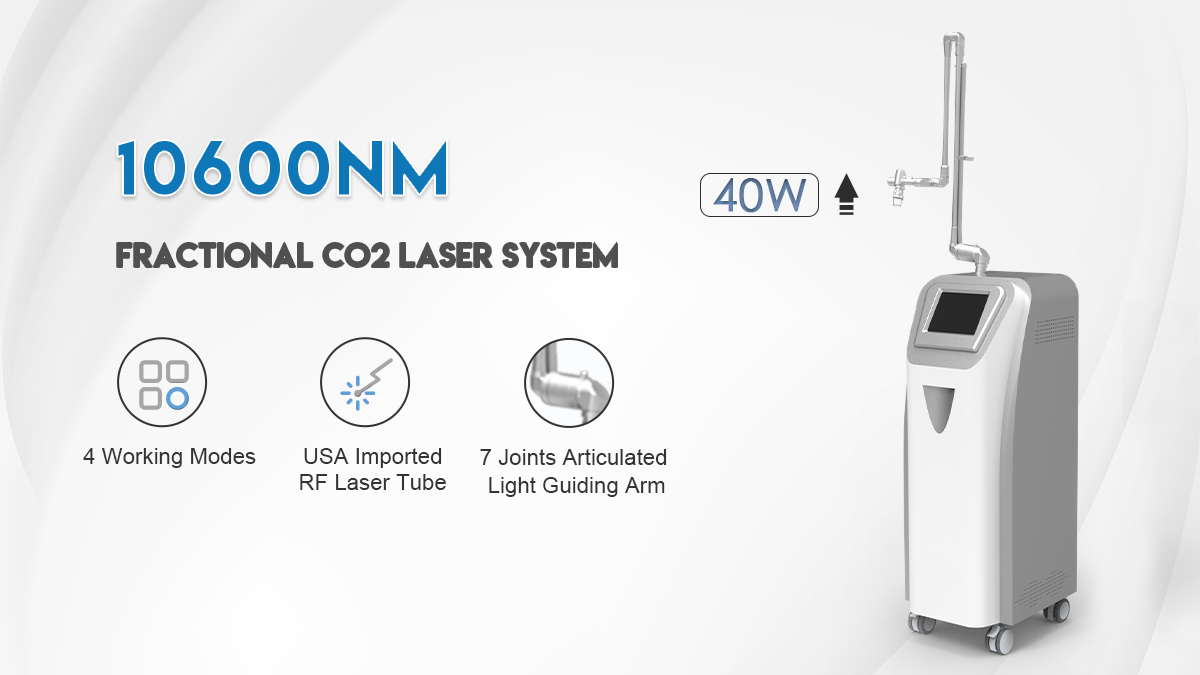Laser resurfacing is a facial rejuvenation procedure that uses a laser to improve the skin’s appearance or treat minor facial flaws. It can be done with:
Ablative laser. This type of laser removes the thin outer layer of skin (epidermis) and heats the underlying skin (dermis), which stimulates the growth of collagen — a protein that improves skin firmness and texture. As the epidermis heals and regrows, the treated area appears smoother and tighter. Types of ablative therapy include a carbon dioxide (CO2) laser, an erbium laser and combination systems.
Nonablative laser or light source. This approach also stimulates collagen growth. It’s a less aggressive approach than an ablative laser and has a shorter recovery time. But the results are less noticeable. Types include pulsed-dye laser, erbium (Er:YAG) and intense pulsed light (IPL) therapy.
Both methods can be delivered with a fractional laser, which leaves microscopic columns of untreated tissue throughout the treatment area. Fractional lasers were developed to shorten recovery time and reduce the risk of side effects.
Laser resurfacing can lessen the appearance of fine lines in the face. It can also treat loss of skin tone and improve your complexion. Laser resurfacing can’t eliminate excessive or sagging skin.
Post time: Dec-19-2023


